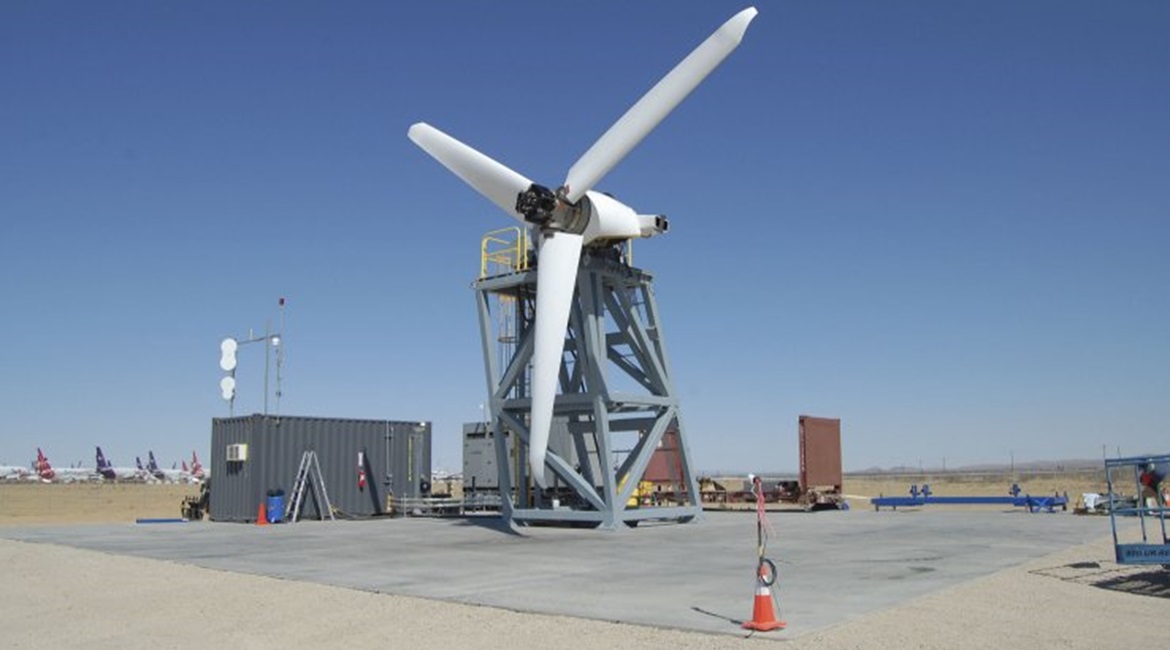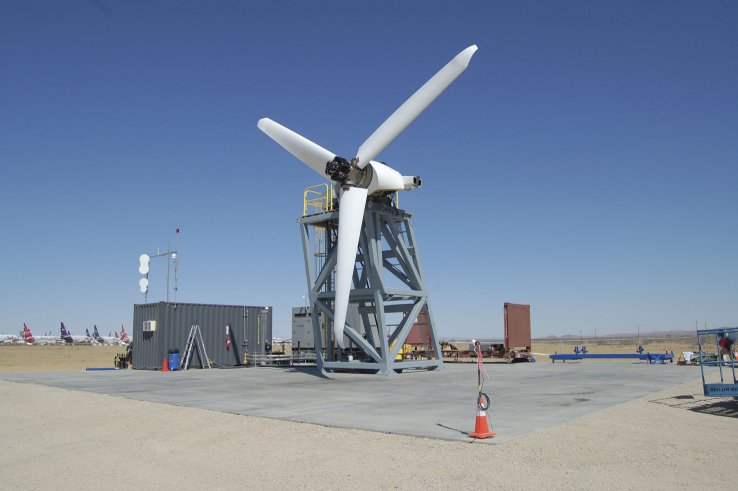
US lawmakers are concerned that the US Army is not prioritising key research, development, test, and evaluation (RDT&E) technologies as part of its Future Vertical Lift (FVL) effort.
The final version of the fiscal year 2020 (FY 2020) National Defense Authorization Act (NDAA), which passed both the House and Senate and was signed into law on 20 December, had a one-paragraph “sense of Congress” provision on FVL technologies. It said that the US Army should continue to invest in RDT&E programmes for FVL, including programmes to improve pilot situational awareness, increase flight operations safety, and reduce operations and maintenance (O&M) costs.

This 11 m diameter rotor system embodies the variable blade control and variable revolutions per minute (RPM) operation Karem Aircraft is applying to its FVL offerings. This is the same size rotor of its Future Long Range Assault Aircraft (FLRAA) design and is very relevant as a demonstrator for its 12 m FARA-CP rotor. (Karem Aircraft)
But the version of the FY 2020 defence authorisation bill that passed only the House had significantly stronger language. This version of the bill said that Congress is concerned that the US Army is not adequately resourcing programmes to improve pilot situational awareness, increase flight operations safety, and diminish O&M costs. It also had the “sense of Congress” provision that the US Army should continue to invest in RDT&E programmes to mature FVL technologies.
The House-passed bill said, specifically, that investments in maturation technologies to accelerate the deployment of FVL programmes are paramount and that technology designs and prototypes must be converted into production-ready articles for effective fielding. This language did not make the final NDAA that was signed into law.
Looking to read the full article?
Gain unlimited access to Janes news and more...






